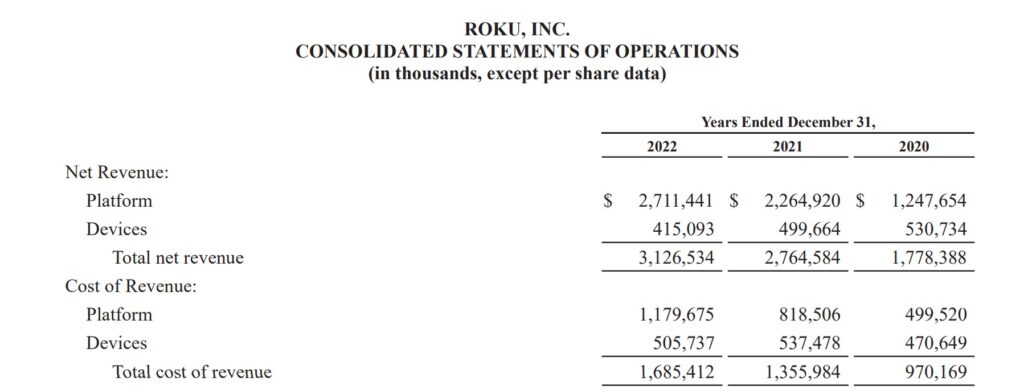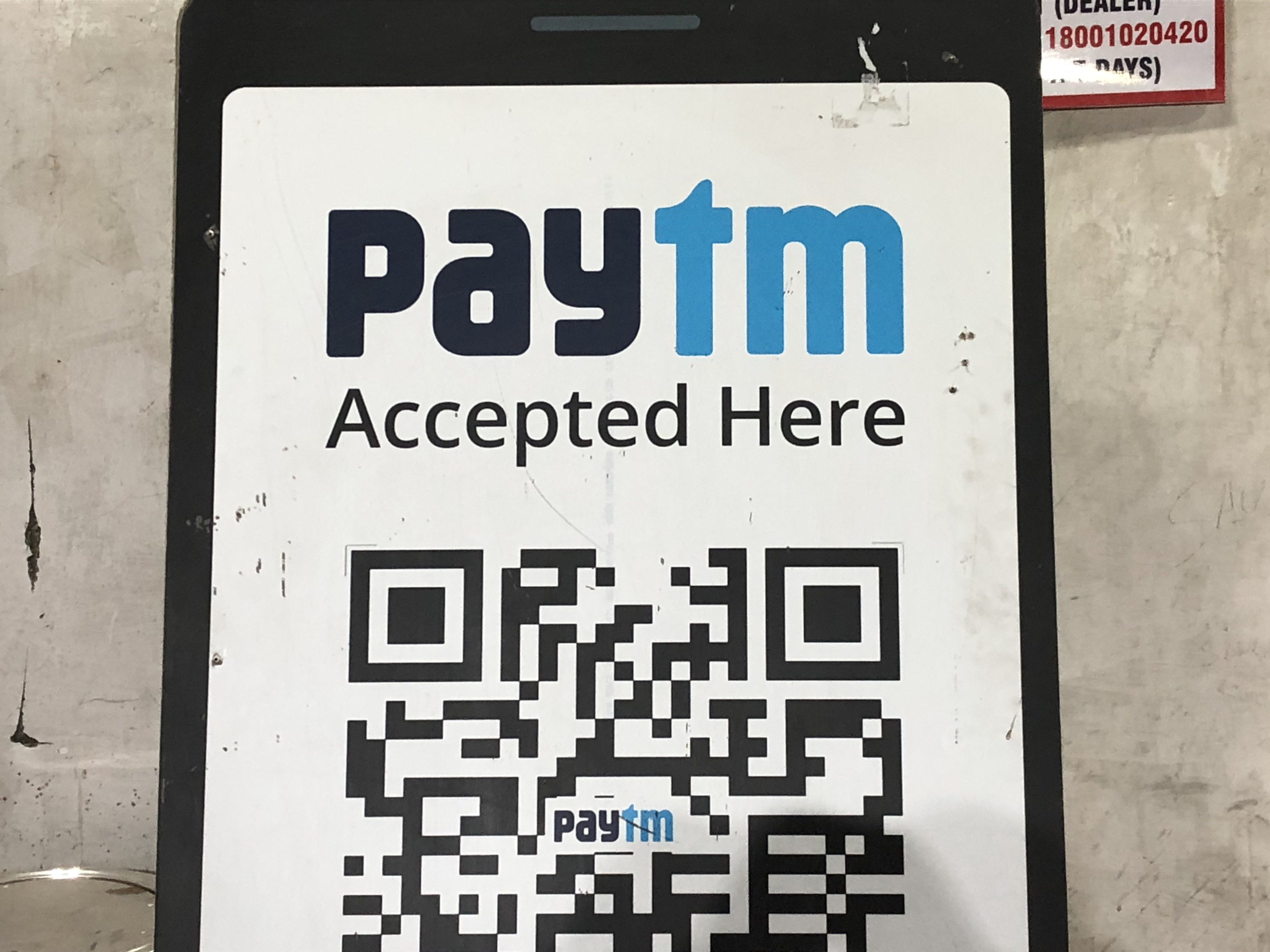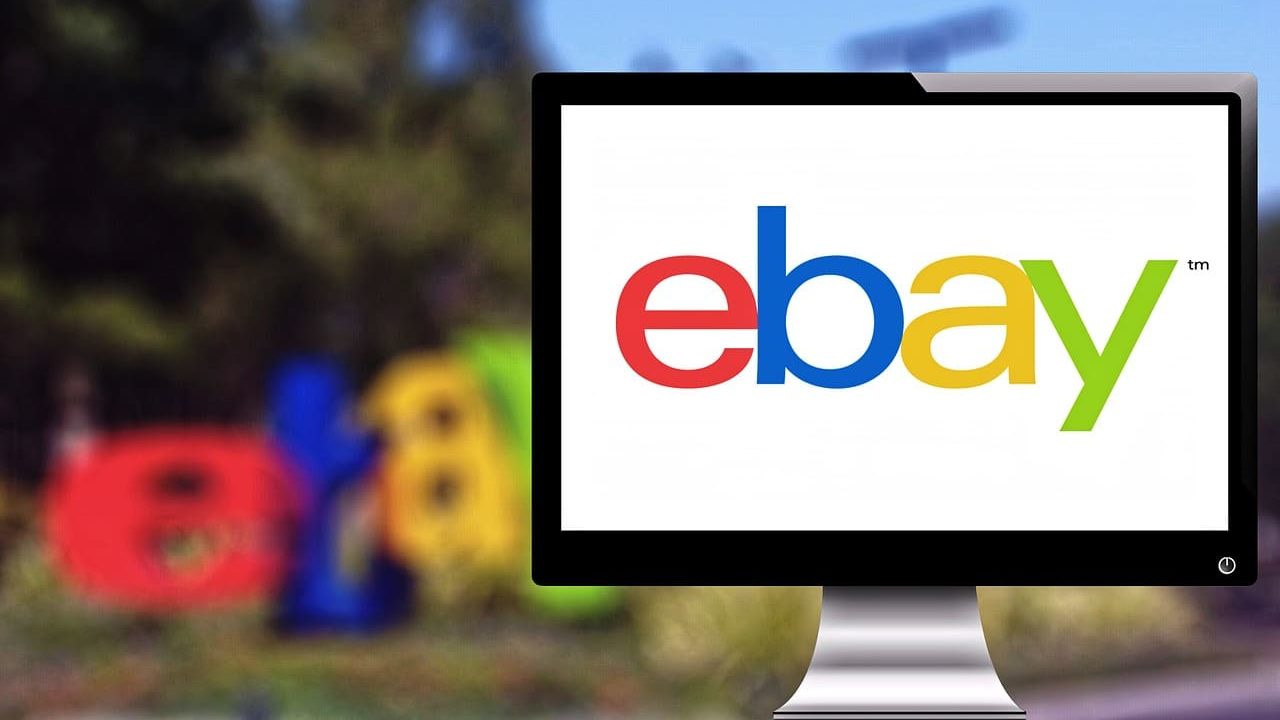The emergence of subscription video-on-demand (SVOD) changed how and when individuals consumed digital video content. Widespread internet availability, added flexibility, vast content libraries, adoption of mobile devices, and demand for online video content have made OTT (over-the-top) services a hit worldwide.
The penetration rate is especially high in developed nations, with Canada at 88.96% and the UK at 86.38%. This visible shift from traditional cable TV has fueled the growth of OTT streaming networks like Roku.
What is Roku?
Founded in 2002 by Anthony Wood, Roku is a streaming TV distribution platform. Frustrated over physically taping each episode of his favorite TV show, Anthony developed a digital media player that users can use to stream the video content to their television directly.
The Roku OS (operating system) is the bedrock of the network and helps streamers access video content from thousands of regional and international TV channels and OTT platforms. Impressed by the platform’s success, Roku launched streaming devices and branded channels to improve user experience.
Roku Customer Segmentation
Roku primarily caters to five types of customer segments:
- Streamers: Roku primarily caters to streamers who appreciate video content on demand and need several options when looking for what to watch.
- Streaming networks and media companies: Streaming platforms, like Netflix and Disney+, and media companies, like Warner Brothers, are two of Roku’s most important customer segments. They are part of why streamers sign up for the streaming service.
- Advertisers: Organizations that intend to tap into Roku’s customer demographic to advertise their products and services.
- Purchasers of streaming devices: Individuals who buy Roku’s streaming devices, like players, streaming sticks, streambars, and Roku TV.
- Companies licensing patented technology: TV producers, such as Phillips, Sansui, and Daewoo, and set-top box service providers, like Telstra, license Roku’s streaming and OS technology.
Roku is the leading streaming distribution company in the US, with a footprint in Canada, Mexico, and parts of Europe. But why do individuals trust this streaming network? Let’s find out.
Roku’s Value Propositions
Roku’s unique value propositions for its customers and partners include the following:
Extensive streaming options
Roku’s USP is that it offers streamers unlimited options to choose video content from. Users can watch something on an OTT platform, like Netflix, Disney+, ITVX, BBC iPlayer, Hulu, and more. Stream paid and free content, including movies, shows, news, sports, Roku originals, and cable TV, from the Roku channel store. They can even watch live TV and connect their set-top box and game console.
Advanced search option
Given the non-exhaustive video content list, it would have been nearly impossible for streamers to find the content they’d like to stream. However, the streaming giant’s advanced search feature allows users to find what they want instantly.
Budget-friendly hardware
The streaming platform’s range of hardware products is budget-friendly and made of high-quality materials.
Wider reach for streaming platforms
The streaming platforms benefit from additional viewers in North and Latin America and pockets of Europe. Simply put, they can convert and monetize a large consumer base.
Sophisticated tools for advertisers
The streaming distribution service offers dedicated tools for advertisers to reach and connect with diverse consumers. Businesses can showcase their product and service line-up to millions of customers.
More buyers for companies purchasing licensed technology
Given Roku’s host of advantages, consumers prefer to buy set-top boxes and smart TVs with pre-installed Roku. So, the licensed partners are better positioned to sell their products than their competitors.
Who are the Key Partners of Roku?
Roku’s partners have helped the company acquire customers from different walks of life with distinct streaming requirements. Its key partners include:
- Content partnership with streaming services: Roku partners with numerous streaming services to offer its customers an enviable collection of on-demand high-quality video content. They are instrumental to the network’s success and popularity. It has also partnered with media conglomerates, like Lionsgate, for free content on the Roku Channel.
- Retailers: The platform depends on big-box retailers, like Amazon and Best Buy, to sell its streaming devices.
- Advertisers: Roku can monetize from targeted ads due to its lucrative partnership with advertisers like Innovid and Tremor Video.
- Hardware manufacturers: The streaming network has partnered with device manufacturers, like Phillips and TCL, so that they can use its OS and pre-install Roku on the devices.
- Developers and IT partners: Technology partners ensure Roku runs smoothly without glitches. They are also responsible for updating the OS regularly to give users a seamless streaming experience.
What are Roku’s Key Resources?
Roku’s essential resources include:
- Roku’s user-friendly website and app are its most significant resources.
- Its range of streaming devices, channel store, and Roku Channel.
- Profitable partnerships with retailers, advertisers, streaming services, retailers, media conglomerates, and device manufacturers.
- Roku’s ecosystem of employees spread across the globe and other human resources.
- Its proprietary search function.
- Dedicated tools to help advertisers target consumers with tailored ads.
- Excellent brand perception in the streaming network segment.
What are Roku Channels?
Streamers can sign up on Roku through its website. They can check out the Roku Channel for free video content.
It has apps listed on Google Play and App Store to serve the mobile streaming needs of its Android and iOS customers.
Additionally, the brand is active on multiple social channels—Facebook, X (formerly Twitter), and Instagram—and leverages it to connect with streamers, advertisers, and streaming services globally.
How does Roku Maintain Customer Relationships?
Roku customers can scroll down the homepage to reach the Support section. The platform has dedicated pages for problems related to Wi-Fi and connectivity, remote controls, channels and viewing, accounts, payments, subscriptions, device issues, Roku set-up, Roku features, and audio devices.
Or visit the Support page to go to the specific issue’s page. Each page features extensive self-service tools for the most common problems. If that does not help, users can contact customer support agents.
What is Roku’s Cost Structure?
Roku’s total cost of revenue was $1.68 billion for the financial year of 2022. Its cost of revenue includes an expenditure of $1.18 billion on the platform and $505 million as device expenses.
How Does Roku make money?
At the end of the financial year 2022, Roku’s total net revenue was around $3.13 billion. This includes $2.71 billion in revenue from the platform and $415 million from devices. But how does Roku make money? Does it only earn income from selling its services? Let’s find out.

Roku’s revenue streams can be categorized into five sections:
Hardware sale
Roku streaming sticks, smart TVs, streambars, and players help the streaming giant earn millions annually.
Advertising
The Roku Channel features an extensive collection of free licensed content from multinational media brands like Paramount. However, it generates revenue by showing viewers tailored advertisements. The licensing media companies earn a delectable slice of the advert revenue.
Subscription commission
Although the platform is free, it launched an SVOD platform in 2019 to allow users to buy subscriptions to other streaming services, like Showtime, FitFusion, and Epix. Since the streaming platforms don’t fall under its direct purview, Roku charges a commission for subscriptions made through the platform and handling payment.
Licensing revenue
Whenever device manufacturers sell a Roku pre-installed device, the network earns money.
Branded content
Roku launched the Roku Brand Studio in 2021. It creates branded video advertisements to help partnered brands make the most of their investment. It also promotes sponsored 15-minute TV programs through the Roku Recommend show.
The Bottom Line: Roku is leading the way for streaming networks
Roku has simplified on-demand streaming. It unified TV networks and streaming platforms under one roof to improve customer experience. The streaming network’s lucrative partnerships, hardware devices, and proprietary software have made its business model a resounding success.
References & more information
- Julia Stoll (January 12, 2024). Global OTT video penetration rate 2022, by country. Statista
- Roku
- Company | Roku United Kingdom
- How Roku Streaming TV Works | Roku United Kingdom
- Matthew Johnston (January 21, 2023). How Roku Makes Money: Streaming Platform and Devices. Investopedia
- Daniel Pereira (April 14, 2023). Roku Business Model. The Business Model Analyst
- Roku Business Model. Discounted Cash Flow
- Roku Jobs – Home
- Roku Mobile App – Free for iOS® or Android
- Official Roku Support | Roku Device Questions & Troubleshooting
- Viktor Hendelmann. The Roku Business Model – How Does Roku Make Money? Productmint
- Gennaro Cuofano (November 8, 2023). How Does Roku Make Money? The Roku Business Model In A Nutshell. FourWeekMBA
- Press Releases | Roku Newsroom
- Roku Financial Results
- Roku Annual Report for the year ended 31 December 2022.
- Ryan Lawler (January 7, 2013). Roku Now Has 700 Channels, Including Time Warner Cable; Also Has 14 TV Manufacturers Compatible With Its Streaming Stick | TechCrunch
- Implementing Roku Search | Roku Developer
- Featured image by Glenn Carstens-Peters
Tell us what you think? Did you find this article interesting?
Share your thoughts and experiences in the comments section below.












Add comment